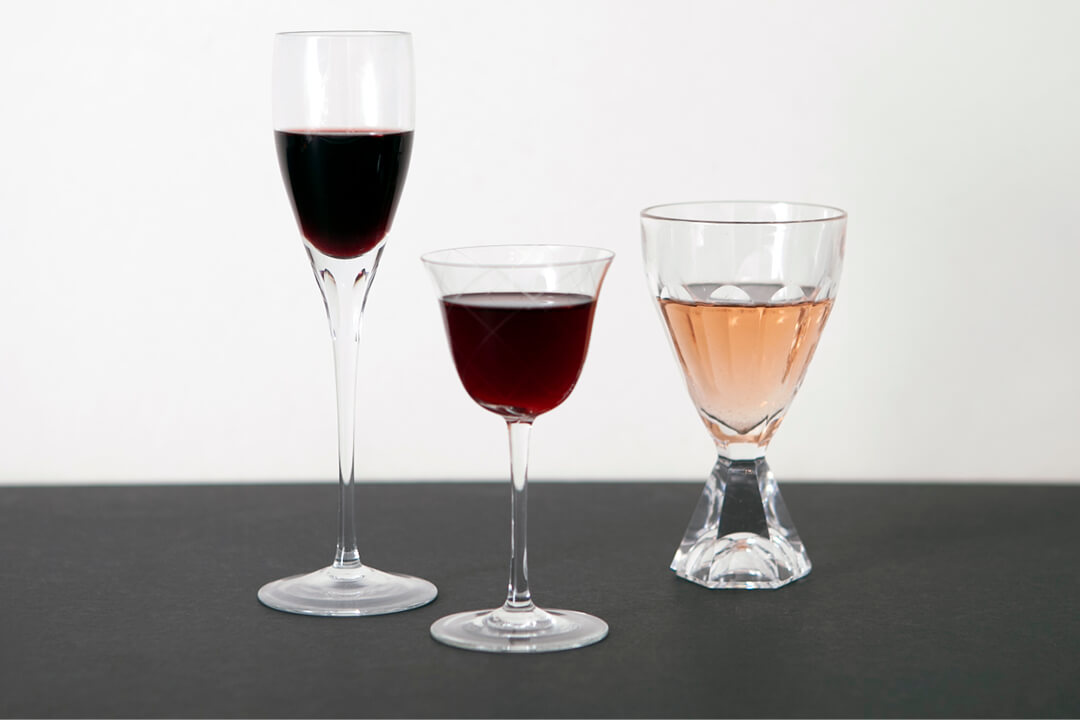White, red or rosé
There was a time when a glass of sherry or port was always welcome. Port wine has been somewhat forgotten. Unjustly so.
Port suits every occasion
In England, people love Stilton and port at Christmas. Both are often given together as gifts. A package containing Stilton, Port and crackers, for example from our favorite cheesemonger Paxton&Whitfild in London’s Jeremyn Street, is welcome for anyone who doesn’t like stollen but prefers savoury treats.
The creamy, spicy blue cheese harmonizes perfectly with port wine.
Like so many of the foods we love, Stilton has an EU Protected Designation of Origin and can only be produced in the counties of Leicestershire, Derbyshire and Nottinghamshire.
Stilton and port will definitely be part of GloriousMe’s Christmas menu. However, port wine tastes good at any time of year.

Red or white – cold or warm
The red port wine is much better known. It is drunk at room temperature. White port, on the other hand, is made from white grapes and tastes best chilled. Both go well with many occasions. In northern Germany, a glass of port in the late morning was a welcome refreshment, especially in the cooler seasons. However, port goes well anywhere: with coffee, as an aperitif or as an accompaniment to cheese at the end of a meal.
The solution to a transportation problem
English wine merchants have always had a special reputation and have been active internationally for centuries, including in Portugal. In the past, ships were the main means of transportation. To help the wine survive long voyages, the idea was born to add brandy to the red wine to make it more durable.
Port wine also has a protected designation of origin. The wine is grown in the Douro river valley in Portugal. The soils there consist largely of granite and slate. The fermentation process, which converts the grapes’ natural sugar into alcohol, is stopped by the addition of brandy.
Port wine is sweeter than most wines and has a higher alcohol content, averaging around 20 percent.
One of the oldest wines in Europe
The first seal of protection for port wine was awarded in 1756. The wine grown and pressed in the Douro Valley was transported down the river to the start of Porto on specially built ships and exported from there to England and other countries.
 The Douro Valley in the north of Portugal © John Bragg, Alamy Stock Photo
The Douro Valley in the north of Portugal © John Bragg, Alamy Stock Photo
The name of port wine is derived from the name of the Portuguese city of Porto. To this day, there are a number of well-known English trading houses for port wine. The best known are Broadbent, Cockburns, Quinta do Noval, Ferreiera, Graham’s and Taylor’s.
Similar to champagne, where we avoid the big houses with their highly standardized champagne brands and like to look for the small individualistic suppliers, it is also worth looking out for the smaller wineries when it comes to port, whose port wine usually does not taste so pleasingly round, but has more fire and character to offer.
The three most important basic forms
Port wines come in many different varieties and it is a great pleasure to go in search of your favorite port wine.
The rudimentary classification distinguishes between Ruby Port, Tawny Port and Garrafeira Port. White ports are a separate category. With white port wines, you can choose between a sweet or dry style. We prefer white port wine chilled in a classic port glass.
If you prefer cocktails, you can enjoy white port with tonic water and lemon twist.
Ruby Port
The lion’s share of production is Ruby Port, red wine that is stored in steel barrels, tastes fruity and is the cheapest version of port wine. There is now also a rosé version of port. The traditional Ruby Port has an intense red color and is drunk young.
Tawny Port
Tawny port is stored in wooden barrels. This has an effect on oxidation and the color of the port wine is usually rather brownish. Here you can find year indications on the bottle, from 10. 20 but also 40 and more years. As port wine is usually a cuvee, i.e. a blend of different wines, the age does not necessarily indicate the exact storage period, but rather the character. The older, the lighter, nuttier, more exquisite.
Single-vintage port wines are rather rarer and bear the name Colheitas.
Garrafeia Port
This port wine is first aged in wooden barrels and then stored in large glass balloons. It is often a vintage port. Exclusive and individualistic in taste. It is well worth trying.
The best introduction to port wine is a trip to Portugal. Porto is a fantastic city. From there, you can travel up the Douro River by car, train or boat and discover Portuguese red wine and port in the wineries.
Cover picture © GloriousMe
#Advertising #ProductPlacement #IndependentRecommendation #BecauseWeLoveIt




